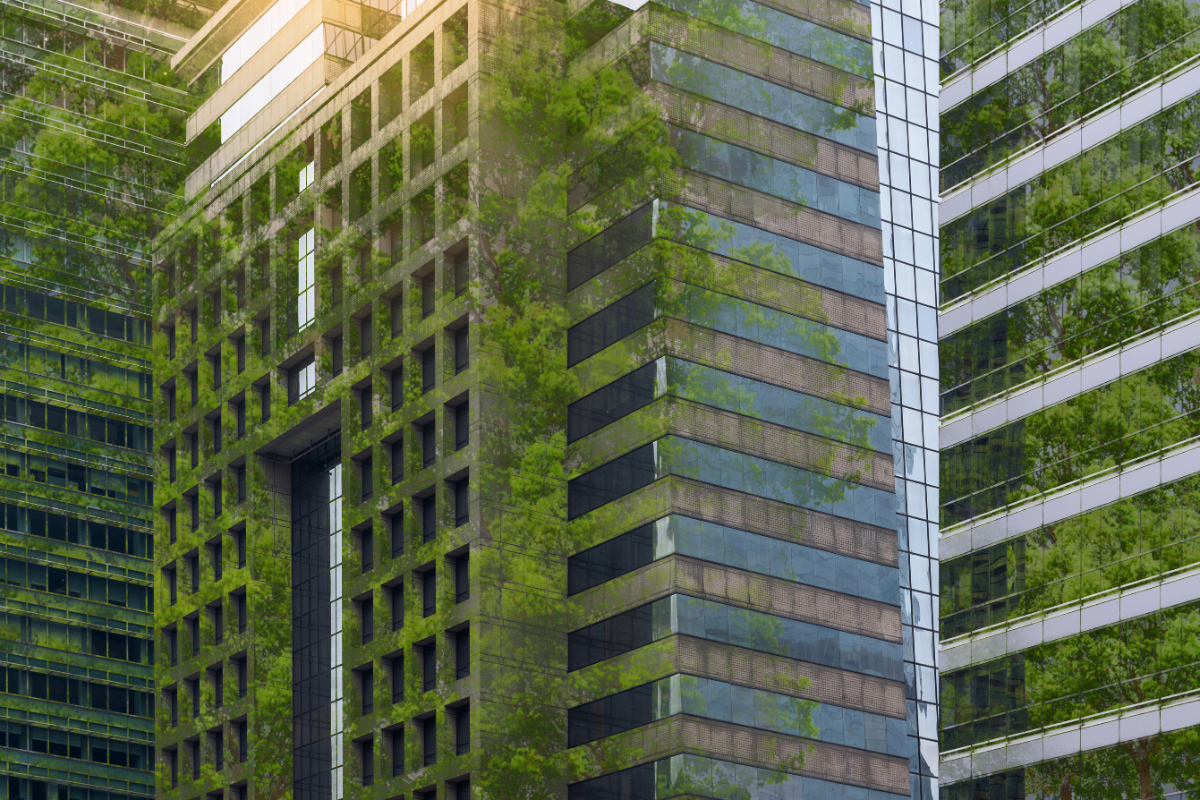
As the world becomes increasingly aware of the importance of sustainability, architecture is evolving to meet these demands. One of the key components in this shift is the use of eco-friendly glass solutions. Glass plays a critical role in modern architecture, not only for its aesthetic appeal but also for its potential to enhance energy efficiency and reduce the environmental impact of buildings. This article explores the various eco-friendly glass solutions available and their contributions to sustainable architecture.
Energy Efficiency
One of the most significant advantages of eco-friendly glass is its ability to improve energy efficiency. High-performance glazing systems, such as Low-E (low emissivity) glass, are designed to reflect heat while allowing natural light to enter. This reduces the need for artificial lighting during the day and minimizes heating and cooling costs, ultimately leading to lower energy consumption. By using energy-efficient glass, architects can create buildings that meet or exceed energy standards and contribute to a reduced carbon footprint.
Natural Lighting
Incorporating eco-friendly glass solutions allows for increased natural lighting in buildings. Natural light has been shown to improve occupant well-being, productivity, and comfort. By utilizing larger windows, skylights, and glass facades, architects can create bright and inviting spaces that reduce reliance on artificial lighting. This not only lowers energy costs but also enhances the overall aesthetic and ambiance of the interior.
Sustainable Manufacturing Processes
Eco-friendly glass solutions often involve sustainable manufacturing processes. Many glass manufacturers are now adopting practices that minimize waste, reduce water usage, and utilize renewable energy sources in their production. By choosing glass products from environmentally responsible companies, architects can further contribute to sustainability in their projects. Additionally, recycled glass is becoming increasingly popular as a material for new glass products, reducing the demand for raw materials and promoting a circular economy.
Thermal Performance
Another vital aspect of eco-friendly glass is its thermal performance. Double or triple-glazed windows with argon or krypton gas fills can significantly reduce heat transfer, enhancing insulation and maintaining comfortable indoor temperatures. This thermal efficiency reduces the reliance on heating and cooling systems, further decreasing energy consumption and greenhouse gas emissions. Buildings designed with high thermal performance glass can achieve significant energy savings over their lifespan.
Acoustic Insulation
Sustainable architecture often considers noise pollution as a critical factor in occupant comfort. Eco-friendly glass solutions, particularly laminated or insulated glass, provide excellent acoustic insulation. These glass types help to reduce external noise, creating quieter and more peaceful indoor environments. This is especially important in urban areas where noise can impact quality of life.
Aesthetic Flexibility
Eco-friendly glass solutions offer architects and designers remarkable aesthetic flexibility. Available in various shapes, sizes, and finishes, glass can be used creatively to enhance the visual appeal of a building while maintaining its functional attributes. From colorful glass panels to innovative façade designs, architects can leverage eco-friendly glass to achieve striking architectural statements without compromising sustainability.
Conclusion
The integration of eco-friendly glass solutions into architectural design is a vital step toward achieving sustainability in the built environment. By improving energy efficiency, maximizing natural light, and incorporating sustainable manufacturing processes, architects can create buildings that are not only aesthetically pleasing but also environmentally responsible. As the demand for sustainable architecture continues to rise, the role of eco-friendly glass will undoubtedly become increasingly significant in shaping a greener, more sustainable future.
